In The Radio Man, a 1924 science fiction by the American author Ralph Milne Farley, a radio engineer, Myles Standish Cabot, invents a radio apparatus that teleports him to another world, Venus. This version of Venus has boiling hot oceans, but the land is much cooler, and the continent he lands on is inhabited by two races.
One of the races, the Formians, are like black ants, the size of horses. The other race is more human, these are the Cupians, who have blonde hair, blue eyes and human appearance and proportions , and who communicate though antennae in their heads.
Venus in Science Fiction
The Radio Man is one of many science fiction books set on Venus. Until the early 1960s the general view of Venus was that it is a planet with similar conditions to the Earth, but a little hotter because it is closer to the Sun. As mentioned in my previous post “Venus – The Morning Star“, Venus is completely surrounded by thick clouds and what was beneath the clouds was a complete mystery. This allowed writers to have a free rein in imagining conditions on the surface of Venus. In the years before the space age it had been variously depicted in fiction as being covered by deserts, swamps, oceans, jungle and rugged mountains, and all sorts of strange and exotic life forms were proposed to exist there.
Venus through a telescope – image from NASA.
Exploration of Venus
The exploration of Venus started for real when Mariner 2 became the first successful spacecraft to escape from the Earth’s gravity and pass close to another planet. Launched on 27 August 1962, Mariner 2 passed within about 34,000 kilometers (21,000 miles) of Venus on 14 December 1962.
Image from NASA
The instruments on Mariner 2 returned a lot of data about the planet. Readings from them showed that the atmosphere must be much thicker than the Earth’s and the temperature of the day and night side of the planet were both around 240 degrees Celsius (ref 1). This came as a great surprise and was much hotter than astronomers expected. Mariner 2 also made the unexpected discovery that Venus, unlike the Earth, has almost no magnetic field to shield the planet from the solar wind, the stream of electrically charged particles streaming from the Sun. In a surprising omission, Mariner 2 didn’t have a camera, so was unable to take any pictures of Venus from close up.
During the 1960s and 1970s many more spacecraft from the Soviet Union and the US visited the planet and it gradually became clear that the conditions were even harsher than Mariner 2 had suggested. On 15 December 1970 the Soviet spacecraft Venera 7 landed and transmitted 23 minutes’ worth of data before being destroyed by the intense heat. On 22 October 1975 Venera 9 became the first spacecraft ever to take pictures from the surface of another planet. In 1989 the American spacecraft Magellan orbited Venus for four years and, using sensitive radar which was able to pass through the clouds, made a detailed map of about 98% of the Planet’s surface (ref 2).
A radar view of Venus from Magellan – Image from NASA
What do we know about Venus now?
Since the Mariner 2 mission, our knowledge of Venus has been transformed. We now know that the planet’s atmospheric pressure is a crushing 92 times that of the Earth and consists of 96.5% carbon dioxide (ref 3). The remainder of the atmosphere is mostly nitrogen. There is virtually no oxygen and only a small trace of water vapour. Venus rotates so slowly that a night on Venus lasts 58 Earth days. However, the thick atmosphere forms a blanket around the planet and means that the day and night temperature are the same, around 460 degrees Celsius – hot enough to melt lead.
In addition, there is no temperature variation with latitude: the equator and the poles of Venus are at the same temperature. However, like the Earth, the temperature, does fall with altitude. The highest point on Venus is called Maxwell Montes and is at an altitude of around 11km above the mean level of the planet’s surface, about 30% higher than Mount Everest. At this altitude the temperature is a relatively mild 380 degrees! There is also very strong evidence that Venus is volcanically active (ref 4).
Computer generated image of lava flows on Venus – Image from Wikimedia Commons
What would it be like to stand on the surface of Venus?
Assuming we were able to survive the high temperature and crushing pressure, we would see a landscape strewn with small rocks. The thick atmosphere would be relatively clear to look through, although more distant objects would appear blurred and hazy. We would be able to see no more than a few km in a horizontal direction. Despite being closer to the Sun than the Earth, the light levels are relatively low – about the same as in London on heavily clouded day. This is because the thick clouds, made of droplets of sulphuric acid, block most of the light from hitting the surface. Although an observer would be able to clearly tell the difference between night and day, they would never be able to see the Sun.
As we go higher, then, as mentioned before, the temperature and the atmospheric pressure both decrease.
The graph above shows how the temperature and pressure of Venus’s atmosphere varies with altitude (from Wikimedia Commons)
Interestingly, at an altitude of about 50 km both the atmospheric temperature and pressure are similar to the Earth at sea level. It has been suggested by some science writers that in the future we could explore Venus by balloons which would float above the planet at this height. It has even been proposed that we might build colonies floating in the Venusian atmosphere at this altitude. They could grow plants to use the sunlight and carbon dioxide to make oxygen. There is a small problem that the clouds rain sulfuric acid which is highly toxic and corrosive. In addition, if there were a leak in a balloon its occupants would fall to an unpleasant death.
Why is Venus so hot?
The reason why Venus is so hot is because there is a huge amount of carbon dioxide in the atmosphere. This carbon dioxide acts as a powerful greenhouse gas. It lets sunlight pass through but its reduces the amount of heat radiation which escapes back into space. It is called a greenhouse gas because a greenhouse gets very hot inside on a sunny day for the same reason. Light can pass through the glass, warming the objects inside, but the heat rays can’t pass back out again.
On Earth, carbon dioxide is only present in small amounts and its increase from 0.029% of the atmosphere, in the pre-industrial age, to its current value of 0.04% is generally accepted to be responsible for a rise in global temperature of a few degrees. On Venus carbon dioxide makes up 96.5% of the atmosphere and the atmosphere is much thicker than on the Earth, meaning that the greenhouse effect is absolutely enormous. It raises the temperature by an incredible 500 degrees above what it would be otherwise.
Some astronomers believe that billions of years ago, in the early days of the solar system, Venus and Earth had very similar conditions. Venus had plenty of water and may have had a global ocean. Because Venus is closer to the Sun it has always been hotter than the Earth. As readers of a previous post will know the brightness of the Sun is gradually increasing at a slow rate.
What may have happened billions of years ago is that at a certain point in time in the past the increased energy from the Sun caused a warming of Venus’s surface. Because water evaporates more rapidly at higher temperatures, there was an increased rate of evaporation from Venus’s seas and oceans. This led to an increased concentration of water vapour in the atmosphere. Water vapour is a very efficient greenhouse gas and acted to trap heat escaping from the surface, making it even warmer. The temperature rise led to a higher surface temperature, which led to a greater rate of evaporation of water.
The process is called a runaway moist greenhouse, and is illustrated in the diagram below.
When it reached the upper atmosphere the water vapour was broken down into its component elements hydrogen and oxygen. Most of the hydrogen and oxygen produced recombined back into water vapour, but a small amount of it was blown away by the solar wind and escaped into space. It is the solar wind which has caused all the water to be gradually removed from the Venusian atmosphere over billions of years. The higher temperatures released carbon dioxide, which was locked away in rocks, into the atmosphere thus maintaining and enhancing the greenhouse effect, even when all the water was gone.
Recent Missions to Venus
In the 1960s and 1970s there was a great deal of interest in exploring Venus and a total of 30 spacecraft were launched to the planet. Only about half of these missions were successful. However, after the Magellan mission the appetite for exploring Venus waned compared to the other planets. It has now been nearly 27 years since the launch of Magellan in 1989 and in this time only 2 spacecraft have been sent on missions to Venus: a probe called Venus Express launched by the European Space Agency and a Japanese spacecraft called Akatsuki – although three spacecraft have flown past Venus during this time on missions to other planets. By comparison, in the same period of time a total of 20 spacecraft have been launched to Mars, which most astronomers believe is a more interesting object to explore, especially since the prospect of finding primitive forms of life has not been entirely ruled out. There are also the practical considerations that any spacecraft which lands on the surface of Venus will not be able for last for long without being destroyed by the harsh conditions, whereas spacecraft have landed and transmitted data from the surface of Mars for many years. The thick clouds over Venus also prevent any observations of the surface by orbiting spacecraft, all that can been seen is the top of the cloud layers.
Akatsuki
In 2010 the Japanese spacecraft Ataksuki (http://global.jaxa.jp/projects/sat/planet_c/index.html) failed to go into orbit around Venus. The reason why is that the spacecraft’s engine failed to burn long enough to slow it down to go into orbit and it shot straight past the planet and went into an orbit around the Sun. Its solar orbit will take it close to Venus again on 7 December 2015 and another attempt will be made then to fire the engines and get it back into orbit.
Image from Japanese Space Agency Website
References
- http://nssdc.gsfc.nasa.gov/nmc/spacecraftDisplay.do?id=1962-041A
- http://science.nasa.gov/missions/magellan/
- http://nssdc.gsfc.nasa.gov/planetary/factsheet/venusfact.html
- http://www.space.com/29742-venus-volcanoes-still-active.html
.


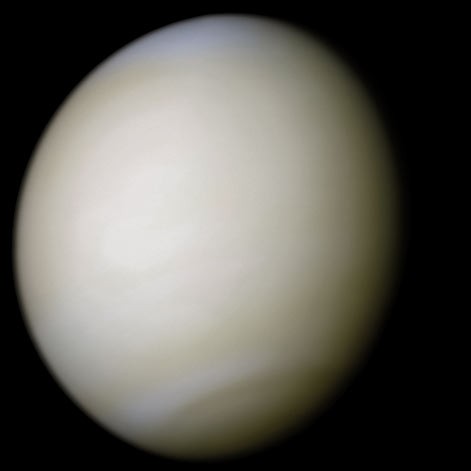

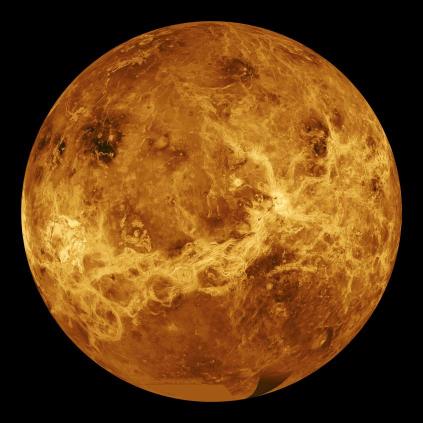
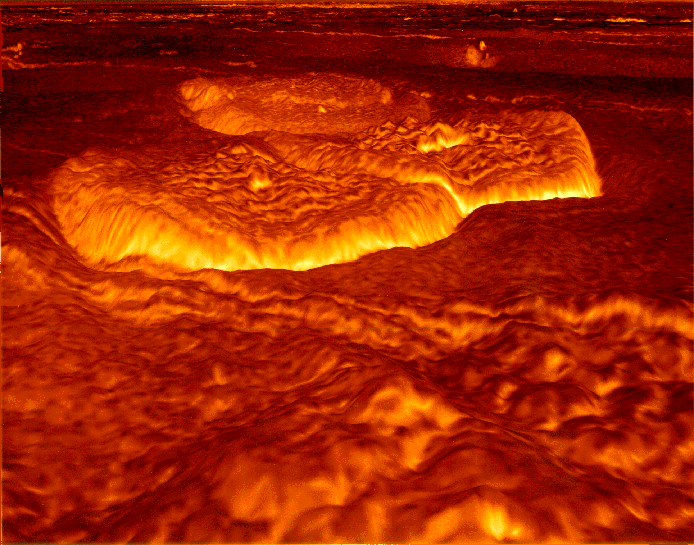
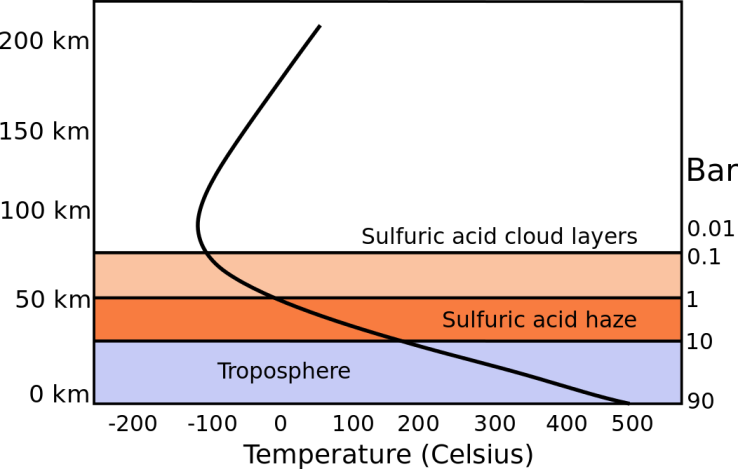
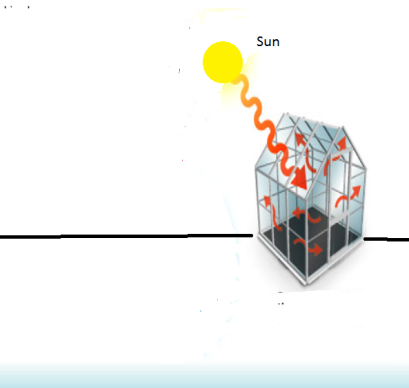
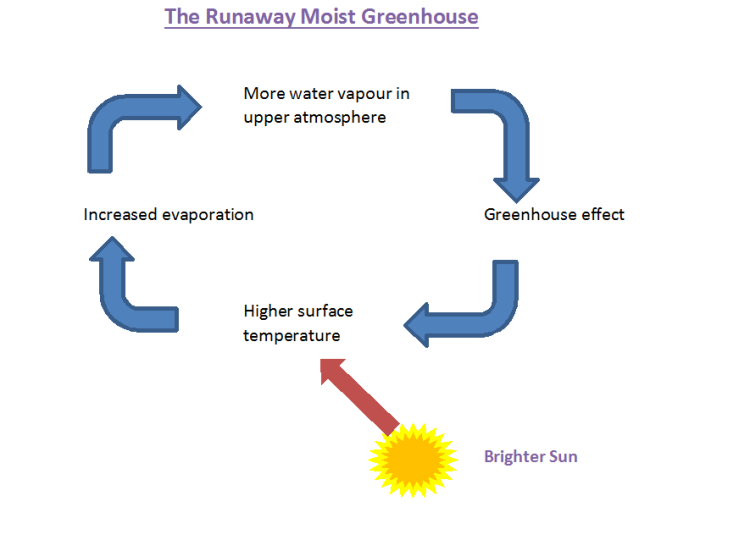

[…] Venus a Mysterious world describes Venus in science fiction and compares it these depictions of the planet to reality. […]
LikeLike
[…] Venus a Mysterious world describes Venus in science fiction and compares it these depictions of the planet to reality. […]
LikeLike
[…] readers of my previous post will know, Venus is a very inhospitable world. Its surface temperature is on average nearly 500 […]
LikeLike
Venus: a cautionary tale of Greenhouse Effect.
LikeLike
Very True 🙂
LikeLiked by 1 person
Nice article very informative. Will be great for my daughter’s project
LikeLike
Reblogged this on LexaLovesFUNFASHIONFOOD and commented:
“v”
LikeLike
I have heard that it is theoretically possible to live in the cloud atmosphere of Venus, since it is closer to conditions on Earth, what are your thoughts on this? Nice article and blog by the way!
LikeLike
As I say in the post,..
.”at an altitude of about 50 km both the atmospheric temperature and pressure are similar to the Earth at sea level. It has been suggested by some science writers that in the future we could explore Venus by balloons which would float above the planet at this height. It has even been proposed that we might build colonies floating in the Venusian atmosphere at this altitude”…
Obviously since the atmosphere is made up of carbon dioxide we would need a supply of oxygen to live 50 km high in the Venusian atmosphere but this could (in theory at least) be provided by growing plants. I suspect that this is more a topic for science fiction writers at the moment.
I am planning to write a post about Teraforming Venus to make it more Earth-like, so watch this space;-)
The Science Geek
LikeLiked by 1 person
I was surprised to read that Venus has no magnetic field. How does it retain its atmosphere? I understand that Mars lost its atmosphere when its core cooled and its magnetic field disappeared?
LikeLiked by 1 person
You make an interesting point. It is not entirely clear why Venus does not have a magnetic field, since it is of similar size and composition as the Earth. The general views seems to be that this due to its slow rotation period (243 days)
The lack of magnetic field has caused, and is still causing, gradual loss of water from the Venusian atmosphere. AS I discussed in the post water is photo dissociated into hydrogen and oxygen ions which are then removed by the solar wind. For more information see the following link
http://www.esa.int/Our_Activities/Space_Science/Venus_Express/Where_did_Venus_s_water_go
I would assume that there must also be a gradually loss of carbon dioxide but at a much much slower rate.
LikeLike
I think the lack of rotation sounds about right. That would be necessary for a strong magnetic field. No idea how it holds on to its atmosphere though.
LikeLike
Nice post I really enjoyed to read about the history!
LikeLike
Thank you
LikeLiked by 1 person